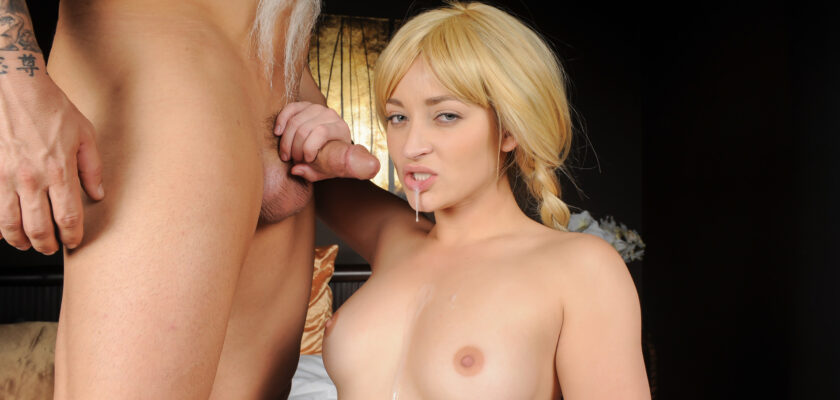Erotic literature has been a popular form of entertainment for centuries. From the steamy tales of ancient Greece to the titillating novels of today, erotic stories have captured the imagination of readers and ignited their passions. But what is it about these stories that make them so alluring, and how do they affect our sexual experiences and relationships?
To begin with, let’s define what we mean by erotic literature. At its core, erotic literature is any written work that is intended to arouse the reader’s sexual desires and fantasies. This can include everything from explicit descriptions of sexual acts to more subtle suggestions of sensuality and desire.
One of the key elements of erotic literature is its ability to spark the reader’s imagination. Unlike visual forms of pornography, which can be quite literal in their depictions of sexual acts, erotic stories allow the reader to fill in the gaps with their own thoughts and fantasies. This can make the experience of reading erotica much more personal and intimate, as the reader is able to project their own desires and fantasies onto the characters and situations in the story.
Another benefit of erotic literature is that it can help to improve sexual communication and intimacy between partners. By reading adult clips erotic stories together, couples can explore their desires and fantasies in a safe and consensual way. This can help to build trust and deepen the connection between partners, as they are able to openly discuss their turn-ons and turn-offs without fear of judgment or rejection.
Of course, it’s important to note that not all erotic literature is created equal. Like any form of media, there is a wide range of quality and content available. Some erotic stories may contain harmful stereotypes or unrealistic expectations about sex and sexuality, which can be damaging to readers and their relationships. It’s important to approach erotic literature with a critical eye, and to choose stories that are respectful, consensual, and affirming of all sexual orientations and identities.
So, what makes for a great erotic story? In my opinion, the best erotic literature is that which is able to balance explicitness with emotional depth. A story that is too explicit may feel mechanical or gratuitous, while a story that is too subtle may not be able to fully engage the reader’s imagination. The most successful erotic stories are those that are able to create a vivid and immersive world, filled with complex characters and nuanced relationships.
One example of a great erotic story is “The Sexual Life of Catherine M.” by Catherine Millet. This memoir explores the author’s experiences with sexual liberation and exploration, and is written with a raw honesty that is both captivating and thought-provoking. Through her vivid descriptions of sexual encounters and relationships, Millet is able to explore the complex interplay between desire, power, and intimacy.
In conclusion, erotic literature has the power to spark the imagination, improve sexual communication, and deepen intimacy between partners. By choosing stories that are respectful, consensual, and affirming of all sexual orientations and identities, readers can explore their desires and fantasies in a safe and empowering way. Whether you’re looking for a quick escape or a deep dive into the complexities of human sexuality, there’s an erotic story out there for everyone.

